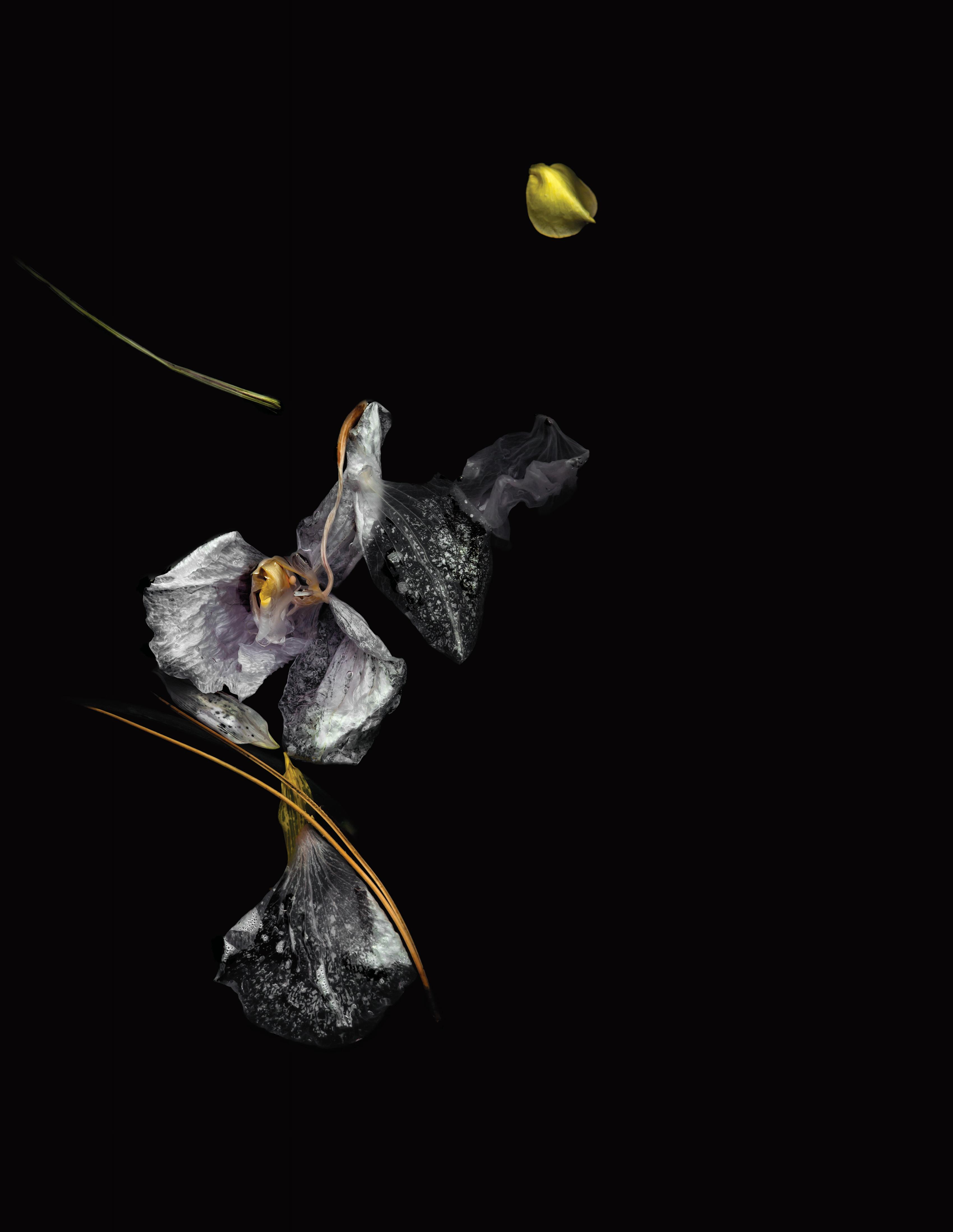
4 minute read
SHIRA GOLD: FINDING HER BREATH
FINDING HER BREATH SHIRA GOLD:
Drawing on deeply personal and emotional experiences, Shira Gold’s photographs demonstrate grief, loss, identity, and change.
BY PEPPA MARTIN

“State of Play,” from the series, The Fine Art of Letting Go.
Wellness experts around the world increasingly recognize the indisputable health benefits of spending personal time with art, to the extent of even prescribing museum visits to combat illness. A comprehensive 19-year study published by the World Health Organization (WHO) found that art has positive overall effects for mental and physical health at all stages of life.
If interacting with art, even merely as an observer, has therapeutic power, what happens when an artist takes up an active practice with a conscious search for solace, healing, and equilibrium?
Vancouver photographer Shira Gold discovered this important intersection of photography, mental health, and well-being during a time of personal crisis. These crucial connections would ultimately guide her healing through loss and grief.

ABOVE: “Release Me,” from the series On a Wing.
“The process of creating this series led me to the realization that while we may not be in control of what life throws our way, we do choose how we view and engage with strife. I choose to find beauty in the breakdown. I trust the wind, and go with wings.”
Born and raised in Vancouver, Shira spent several teenage years learning photography at Arts Umbrella, a local non-profit centre for youth arts education. It was something of an antidote to an ongoing struggle in high school where she fought hard to meet academic expectations and defy negative and discouraging early childhood messages. With her self-esteem in a fragile state as a result of these messages from teachers who didn’t see her potential, her lack of confidence could have been crippling if not for her camera. Photography offered Shira a sliver of control over something concrete and became a tool to interact with the world and express her point of view in a positive way. That involved acknowledging and purposefully connecting with feelings of discomfort and intentionally deconstructing experiences that felt overwhelming.
“It’s the only time in my life when my mind and my heart feel aligned,” she said.
Repetitive motion is a widely accepted behavioural therapy technique for lowering ones heart rate and blood pressure and for calming an overactive mind. On the advice of health professionals, Shira tried, among other things, running, knitting, and deep breathing exercises to achieve these goals. Results were less than satisfying and not especially effective in slowing her racing thoughts.

“Exhale,” from the series Shock, a visual articulation of a grief journey.
Then came an implosion. In 2001, when Shira’s mother Melaine became seriously ill, Shira made the pivotal decision to become her primary caregiver. Mired in grief after losing Melanie in 2003, Shira desperately sought a healing mechanism to relieve the searing pain of mourning. Photography, again, came to her rescue, providing the urgent support needed to navigate this difficult period. Picking up her camera again, she says, “was like finding my breath.”

“Underneath It All,” from the series The Fine Art of Letting Go.
“It was visual therapy,” she said. Diagnosed with attention deficit hyperactivity disorder (ADHD) at age 35, her camera became a tool for harnessing her distracted thinking and, along with summoning mental focus, making photographs allowed her to slow down and be, as she describes, “fully in the moment.” Shira describes the bewildering period from becoming her ailing mother’s primary caregiver, to experiencing Melanie’s death and being bereaved, to authoring and self-publishing a guidebook (titled Choosing Joy’s Empowerment Index), to becoming a mother: “It was like all the space in life between struggles and triumphs compressed and there wasn’t room to process what I had been through.”

“Past Reflection,” from the series Vulnerability.
During difficult moments, nature provided Shira with understanding and an opportunity to express feelings she struggled to identify.
Good Grief is a series of landscape images that serve as a visual dissertation of Shira’s movement through loss. This series earned her an Honourable Mention in the Julia Margaret Cameron Awards, a nomination to the Fine Art Photography Awards, a semi-finalist spot in the Bombay Sapphire Artisan Series, and also a finalist position in the LensCulture Art Photography Awards.
Shira says, “If sharing my stories makes others feel less alone in their life circumstances, then maybe that’s the most important thing I do. My work has always been driven by my life and all the crazy, wonderful, painful experiences. As one who lives my days with a busy mind, there are few things that create pause and reflection. I think that when we tap into our vulnerability and channel it in our art, we are being authentic. That helps us to better understand ourselves, and to find balance and beauty in life.”
www.shiragold.com







